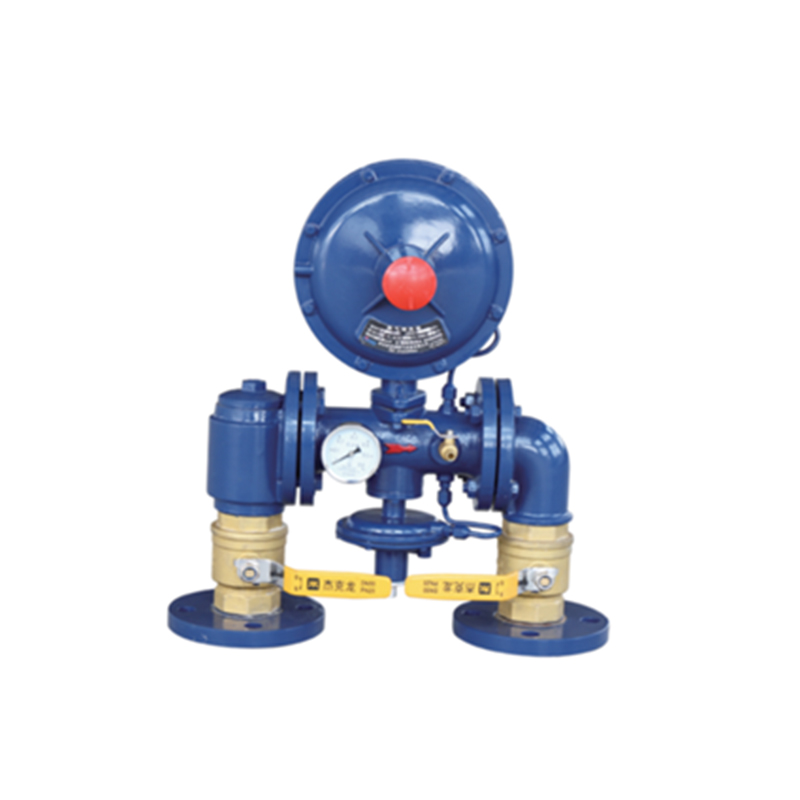
Dec . 01, 2024 01:22
Back to list
Understanding the Function and Importance of Pressure Reducing Regulators in Systems
Understanding Pressure Reducing Regulators Function, Types, and Applications
Pressure reducing regulators (PRRs) are integral components in numerous industrial and domestic applications where the control of fluid pressure is crucial for the safety and efficiency of systems. These devices play a vital role in ensuring that the pressure of gases or liquids is reduced to a safe and usable level, protecting downstream equipment, enhancing performance, and improving safety.
Function of Pressure Reducing Regulators
The primary function of a pressure reducing regulator is to control the pressure of a fluid as it moves from a high-pressure system to a lower pressure environment. For example, when gas is delivered from a high-pressure cylinder to a system that requires a specific operating pressure, the PRR reduces the pressure to the desired set point. This regulation is critical to prevent equipment damage, leaks, or hazardous conditions caused by excessive pressure.
The operation of a PRR is based on a feedback loop that involves sensing the downstream pressure and adjusting the valve position accordingly. Typically, a diaphragm or a piston inside the regulator responds to pressure changes, moving to open or close the valve, which modulates the flow of fluid to maintain a consistent output pressure.
Types of Pressure Reducing Regulators
Pressure reducing regulators can be categorized based on various factors, such as their design, application, and media they handle. Here are some common types
1. Single-stage Regulators These are simple devices where the pressure is reduced in one step. They are suitable for applications that require low precision and have relatively stable upstream pressures.
2. Two-stage Regulators These devices provide a more stable output pressure despite fluctuations in the inlet pressure. They are essential for applications that demand high accuracy and a consistent pressure supply.
3. Integral Regulators These are built directly into the equipment they serve, such as gas appliances. They provide convenience and save space.
pressure reducing regulators

5. Electronic Regulators These utilize electronic controls and sensors to provide precise pressure management and are increasingly used in automated processes.
Applications of Pressure Reducing Regulators
The applications of PRRs are vast and span various industries
- Gas Distribution PRRs are crucial in natural gas distribution networks, ensuring that gas is delivered at a safe pressure for residential and commercial use. They prevent damage to pipelines and appliances.
- Industrial Processes In manufacturing and chemical processing, precise control of fluid pressure is necessary for operational stability and safety. PRRs help regulate pressure to achieve optimal process conditions.
- HVAC Systems In heating, ventilation, and air conditioning systems, pressure regulators ensure that air and fluid pressures remain within acceptable limits, promoting energy efficiency and preventing leaks.
- Oil and Gas Pressure regulating systems are essential in drilling and refining processes, where controlling the pressure of gases and liquids is critical for safety and efficiency.
- Laboratories and Research Facilities In laboratory settings, precise pressure control is required for experiments and processes, making PRRs indispensable.
Conclusion
Pressure reducing regulators are essential devices that ensure the safe and efficient operation of various systems across multiple industries. By controlling fluid pressure, they protect equipment, enhance performance, and ensure safety. Understanding the types and applications of PRRs can help industries choose the right regulator for their specific needs, contributing to improved process efficiency and reliability. As technology advances, the role of electronic and automated PRRs will likely grow, further enhancing the capabilities and functionalities of these vital components.
Next:
Latest news
-
Safety Valve Spring-Loaded Design Overpressure ProtectionNewsJul.25,2025
-
Precision Voltage Regulator AC5 Accuracy Grade PerformanceNewsJul.25,2025
-
Natural Gas Pressure Regulating Skid Industrial Pipeline ApplicationsNewsJul.25,2025
-
Natural Gas Filter Stainless Steel Mesh Element DesignNewsJul.25,2025
-
Gas Pressure Regulator Valve Direct-Acting Spring-Loaded DesignNewsJul.25,2025
-
Decompression Equipment Multi-Stage Heat Exchange System DesignNewsJul.25,2025

